Trans-Pacific spot container rates have plateaued and in some cases pulled back, spurring speculation that container investors' bull run has peaked and relief is on the way for U.S. importers.
The case for calling the top: Chinese container port congestion has dramatically declined over recent weeks, Chinese factories are being plagued by power outages that constrain export capacity, and U.S. consumer sentiment is faltering.
The counterargument: U.S. port congestion remains historically high, rates were only temporarily reduced by China's Golden Week holiday, data on declining rates is ambiguous because different indexes give different numbers, and there is a huge inventory restocking mountain to climb even after consumer sales slow.
Congestion down in China, soaring in US
The big change on the congestion front is in China. As of Sept. 24, there were 153 container ships at anchor off the ports of Shanghai and Ningbo, according to data from Denmark-based eeSea. On Monday, eeSea data showed 81 container ships at anchor off the two ports, a decline of 47% in just two-and-a-half weeks.
One explanation is that the earlier congestion was linked to the passage of Typhoon Chanthu and was quickly resolved. Another possibility: Golden Week allowed terminals to catch up. A more bearish theory: Factory power outages are already affecting Chinese export flows.
Consultant Jon Monroe reported that his team in China now sees “very little delay — one to three days max.” He noted that Chinese ports “pretty much work around the clock” and “moving export containers is much faster and efficient than handling import containers.” Hence, China can clear backlogs quicker.
It's a very different story in Los Angeles/Long Beach. Over the same period when Shanghai/Ningbo anchorage numbers declined 47%, Southern California anchorage numbers haven't budged. There were 61 container ships at anchor or drifting on Monday, according to the Marine Exchange of Southern California. The count back on Sept. 24 was 62. (The record was set on Sept. 19, when 73 container ships were anchored or drifting off Los Angeles/Long Beach.)
The sharp reduction in congestion off Shanghai and Ningbo over the past 18 days implies that more ships have been loaded and more cargo is moving toward its final destination, including U.S. ports.
Different indexes,different rates
According to the Freightos Baltic Daily Index (FBX) — which does include premium surcharges in its calculations — Asia-West Coast spot rates were down to $13,025 per forty-foot equivalent unit (FEU) on Friday. While that’s 3.4 times last year's rate, it's 37% below the all-time high of $20,586 assessed by the FBX on Sept. 15. On Monday, the FBX Asia-West Coast index partially recovered, jumping 33%, to $17,377 per FEU.
The FBX put Friday's Asia-East Coast rate at $19,392 per FEU, down 13% from the record high of $22,289 per FEU on Sept. 15. It also rose Monday, by 7% to $20,695 per FEU.
But different indexes provide very different numbers, depending on which port pairs they cover and whether or not they include various surcharges and fees. Other indexes do not show the same steep trans-Pacific drop as the FBX.
On Sept. 15, the day the FBX pegged as the peak for Asia-West Coast rates, Norway-based Xeneta estimated that short-term Asia-West Coast base rates (excluding premiums) were $8,618 per FEU. On Friday, Xeneta put this lane’s rate at $8,677 per FEU — slightly up from mid-September, in contrast to the FBX estimate of a 37% plunge.
S&P Global Platts' assessments do not include premium surcharges. It estimated that North Asia-East Coast rates were still at their all-time high of $10,000 per FEU as of Friday. It put North Asia-West Coast rates at $8,950 per FEU, just $50 below the all-time high of $9,000 that it assessed as recently as Thursday.
The Drewry weekly assessment shows a pullback, but a much more moderate one than the FBX does. Drewry put Shanghai-Los Angeles rates at $11,173 per FEU as of last Thursday, down 10% from the peak on Sept. 23, and Shanghai-New York rates at $15,110 per FEU, down 6% from the high reached on Sept. 16.
Premiums fall, but for how long?
In a research note on Monday, Clarksons Platou Securities analyst Frode Mørkedal highlighted the disparity between the FBX and other indexes such as the Shanghai Containerized Freight Index (SCFI), which is not showing any decrease in China-West Coast spot rates.
“The wide difference … appears to stem from the surcharges and additional charges associated with the FBX. It appears that some of the recent pressures are coming from reduced liner pass-through costs,” wrote Mørkedal. In other words, it's the premium add-ons that have fallen, not the base rates.
Xeneta said on Friday that its “data shows that some shippers are currently able to ship without paying guarantee surcharges, while others are not.” It also noted that guarantee surcharges vary widely based on port pairs: from $7,500-$10,000 per FEU for Taiwan-West Coast to just $1,000-$3,500 for China-West Coast.
This week's market report by S&P Global Platts cited one source who claimed that alliances were reducing North Asia-U.S. premiums “because now they have to compete with charter vessels.” Another source maintained that Southeast Asia-U.S. premiums have already bounced back after a fleeting drop.
Consensus: A brief reprieve
Now that China's Golden Week holiday is over, the consensus is that all-in rates will remain strong even if they've come off highs, and rates may go back toward their peaks again, particularly given the ongoing congestion crisis in the U.S.
A freight forwarder source told S&P Global Platts that there is “plenty of freight in the pipeline in backlogs and [with] Q4 orders stronger than average, I think we'll see the market bounce back at the tail end of October.”
A carrier source told S&P Global Platts: “The market is still very strong. We expect that to carry through the next quarter. Rates will stay stable.” According to a freight forwarder: “Some carriers are offering lower rates to the U.S. West Coast, but those could go back up in November.” And a logistics provider warned, “For us, it is a matter of when and by how much the next increase will be.”
Source: Freight Waves by Greg Miller
The opinions expressed herein are the author's and not necessarily those of The Xinde Marine News.
Please Contact Us at:
media@xindemarine.com


 China’s First Bulk Bunkering of Domestic Green Me
China’s First Bulk Bunkering of Domestic Green Me 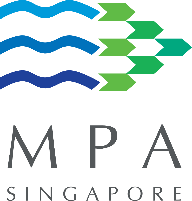 Rotterdam and Singapore Strengthen Collaboration on
Rotterdam and Singapore Strengthen Collaboration on 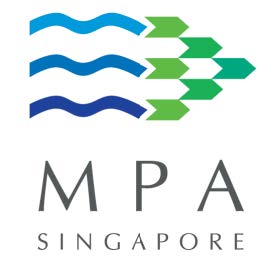 MPA and CMA CGM Sign MoU to Enhance Sustainable Shi
MPA and CMA CGM Sign MoU to Enhance Sustainable Shi 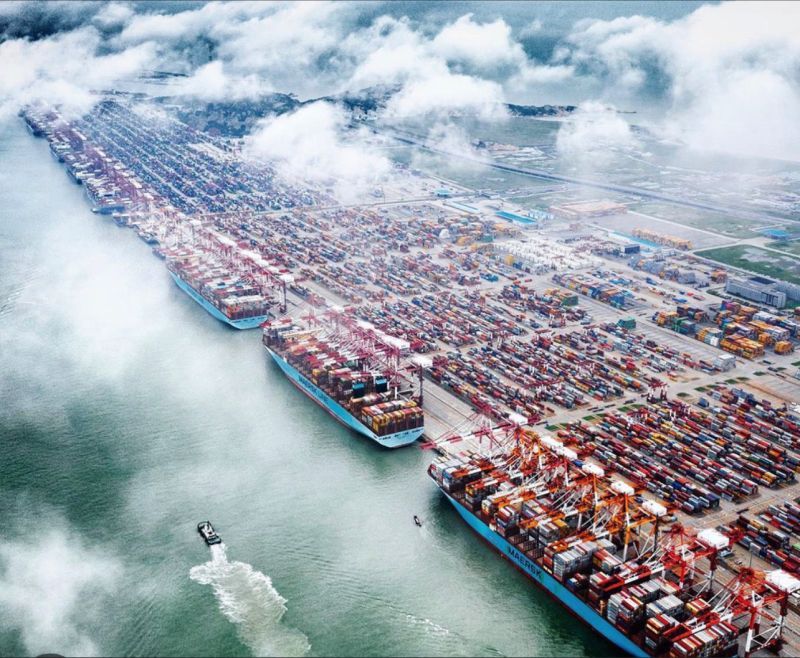 China's Ports Surge Ahead: Major Container Terminal
China's Ports Surge Ahead: Major Container Terminal 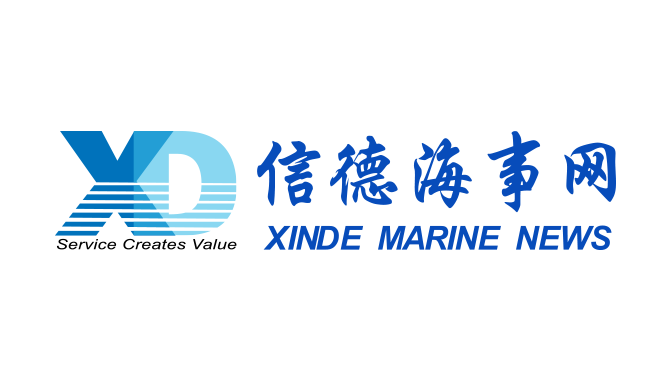 Port of Hamburg: Growth in container throughput and
Port of Hamburg: Growth in container throughput and 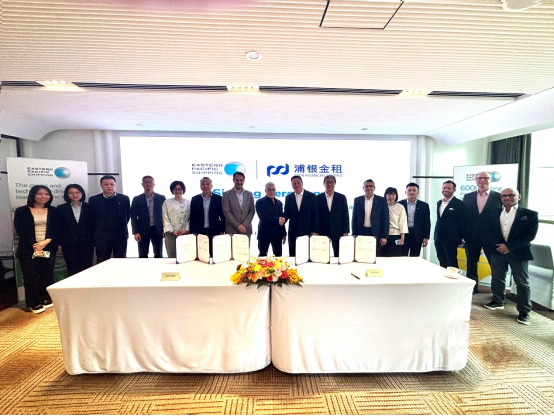 EPS and SPDB Financial Leasing sign financing agree
EPS and SPDB Financial Leasing sign financing agree